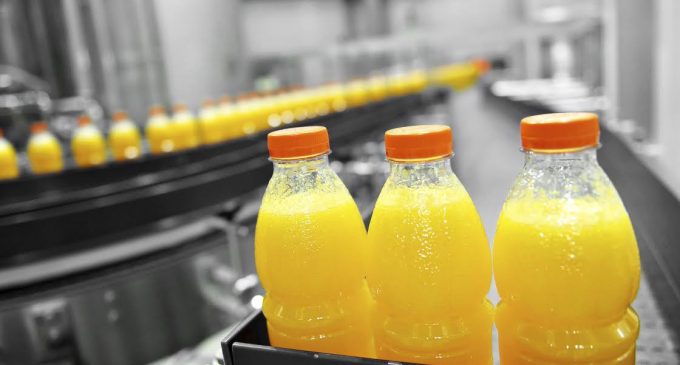Does Your Steam Pass the Taste Test?

By Francisco Pedrosa, National Clean Steam Specialist at Spirax Sarco
While quality and purity of steam used in the pharmaceutical and healthcare industries has been an important consideration for years, the food and beverage sector has been slower to analyse the type of steam it uses.
There is a misplaced assumption amongst many food manufacturers that steam is entirely clean but the reality is there are four different grades of steam, for example filtered (or culinary) steam. This is plant steam passed through a fine, stainless steel filter – removing 95% of all particles larger than 2 microns. While filtered steam is generally regarded as the minimum grade for food and beverage processing, filtration only eliminates rust, pipe scale, and other corrosion-based particulates.
Manufacturers injecting filtered steam into their product therefore remain susceptible to contamination from treatment chemicals or cross contamination. This can affect the taste of the product, impacting quality control and downstream supply chain activity.
Keeping It Clean
The key to eliminating contamination risks is clean steam which utilises a secondary steam generator to control feedwater quality, and stainless steel pipework and components to eliminate potential corrosion.
Setting the Standard
Since steam quality checks are often not put in place, the chemicals and their concentration levels within steam often remain unknown. The US Food and Drug Administration (FDA) offers some guidance on the chemicals which can be used in food production and whilst these regulations aren’t mandatory in Europe, chemicals approved to FDA standard are widely used in the food and beverage industry throughout Europe.
Food and beverage manufacturers can take a discretionary approach to steam but using clean steam can aid compliance with stringent food safety standards and enhance process productivity. Best of all, clean steam can impact on what matters most to the consumer – the product’s taste.



































